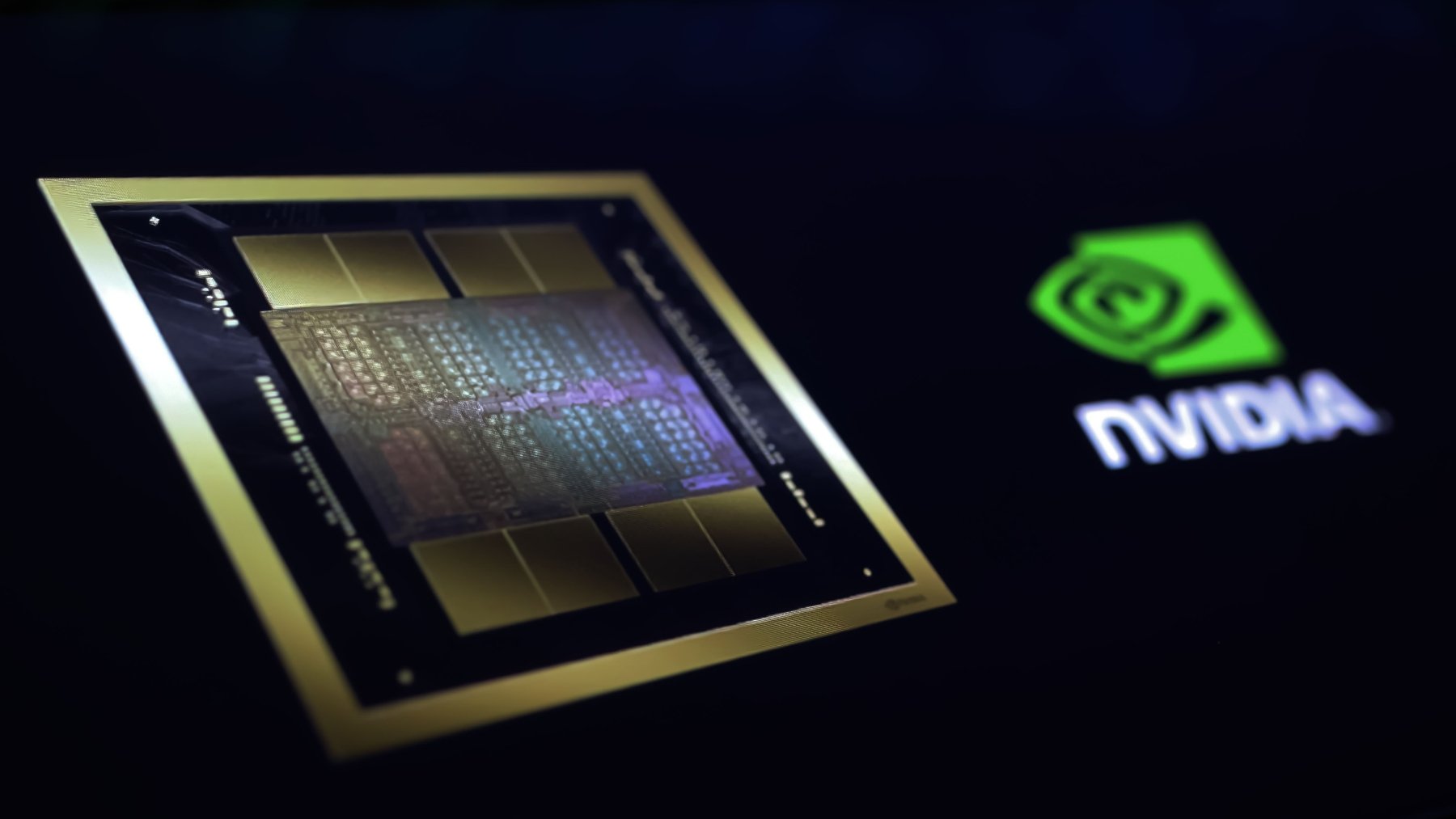No more U.S. chips. No more compromises. China is going all-in on tech independence.
China has officially banned the use of advanced NVIDIA GPUs, ending a long and increasingly tense relationship with one of Silicon Valley’s biggest players. But this isn’t just a ban—it’s a clear declaration: China is done relying on U.S. technology.
Instead, it’s building a new tech ecosystem from the ground up—one that could reshape the future of AI, gaming, and chip manufacturing around the world.
The End of an Era: NVIDIA’s Exit from China
NVIDIA has long been a backbone of China’s digital boom, powering AI breakthroughs, cloud computing, and next-gen gaming. At one point, China accounted for 13% of NVIDIA’s global revenue.
But cracks began to form in 2022, when the U.S. imposed export restrictions on NVIDIA’s top-tier chips, citing concerns about military and surveillance use. NVIDIA responded by designing a new chip based on its Blackwell architecture, tailored for the Chinese market—and compliant with U.S. rules.
It was a last-ditch effort to keep its Chinese business alive. But now, that door has slammed shut.
China’s “De-Americanization” of Tech
Under President Xi Jinping, China is moving fast to “de-Americanize” its technology sector. That means cutting out U.S. suppliers and building a fully independent supply chain—from software to silicon.
The message is clear: “If you won’t sell it to us, we’ll build it ourselves.”
Goodbye to energy dependence – Alaska discovers more than 1,200 TWh hidden under the ice, and the find could change the world
Goodbye Pepsi: Costco makes a major decision that completely changes its strategy with sugary drinks
No more vulnerability to U.S. sanctions. No more waiting on Western chips. China wants full control of its digital future—and it’s already laying the foundation.
Meet the Chinese Tech Giants Replacing NVIDIA
NVIDIA’s departure doesn’t leave a vacuum—it opens the floodgates for a wave of domestic competitors, many of them backed by billions in government funding.
Here are the key players stepping in:
-
Huawei – Its Ascend 910 is already handling high-performance AI tasks in China’s data centers.
-
Biren Technology – Makers of the BR100 and BR104, designed to rival NVIDIA’s A100 and H100 chips.
-
Moore Threads – Produced the MTT S80, China’s first homegrown gaming GPU, and now moving into AI.
-
Innosilicon – Builds GPUs for gaming and industrial systems, expanding China’s processing capabilities.
-
Zhaoxin & Loongson – Leading CPU developers helping complete China’s self-sufficient computing stack.
-
DenglinAI, Iluvatar CoreX, VastAI Tech – A new generation of AI chip startups looking to go global.
This isn’t a patch job. It’s a complete ecosystem, designed to make sure China never has to rely on foreign chips again.
Global Impacts: The Ripple Effect of China’s Breakup with NVIDIA
For NVIDIA, this is more than a bad headline—it’s a serious financial blow. Losing access to China means lower demand, tighter margins, and added pressure from emerging competition.
But other U.S. tech giants like AMD and Intel could soon feel the heat too. As China’s homegrown chips mature, they may begin to compete internationally, especially in regions looking to diversify supply chains.
For global consumers, the effects may take longer to show. Most NVIDIA GPUs are still produced in Taiwan, and your gaming rig or AI workstation won’t be obsolete tomorrow.
How detonating a nuclear bomb could protect planet Earth
Buys a coal mine for $2 million and discovers metals worth up to $36 billion
But long term? The rise of China’s chip industry could mean:
-
Faster innovation cycles from new global competitors
-
Shifts in pricing—potentially more options, or more volatility
-
Redrawn alliances in the global tech supply chain
What Comes Next?
This is more than a trade story—it’s a turning point. China is betting big on chip independence, and it’s making real progress. What once seemed like far-off ambition is now becoming a competitive reality.
And while NVIDIA, AMD, and other Western giants will continue to dominate in many markets, they now face a powerful, state-backed rival that isn’t just catching up—it’s coming for the lead.
